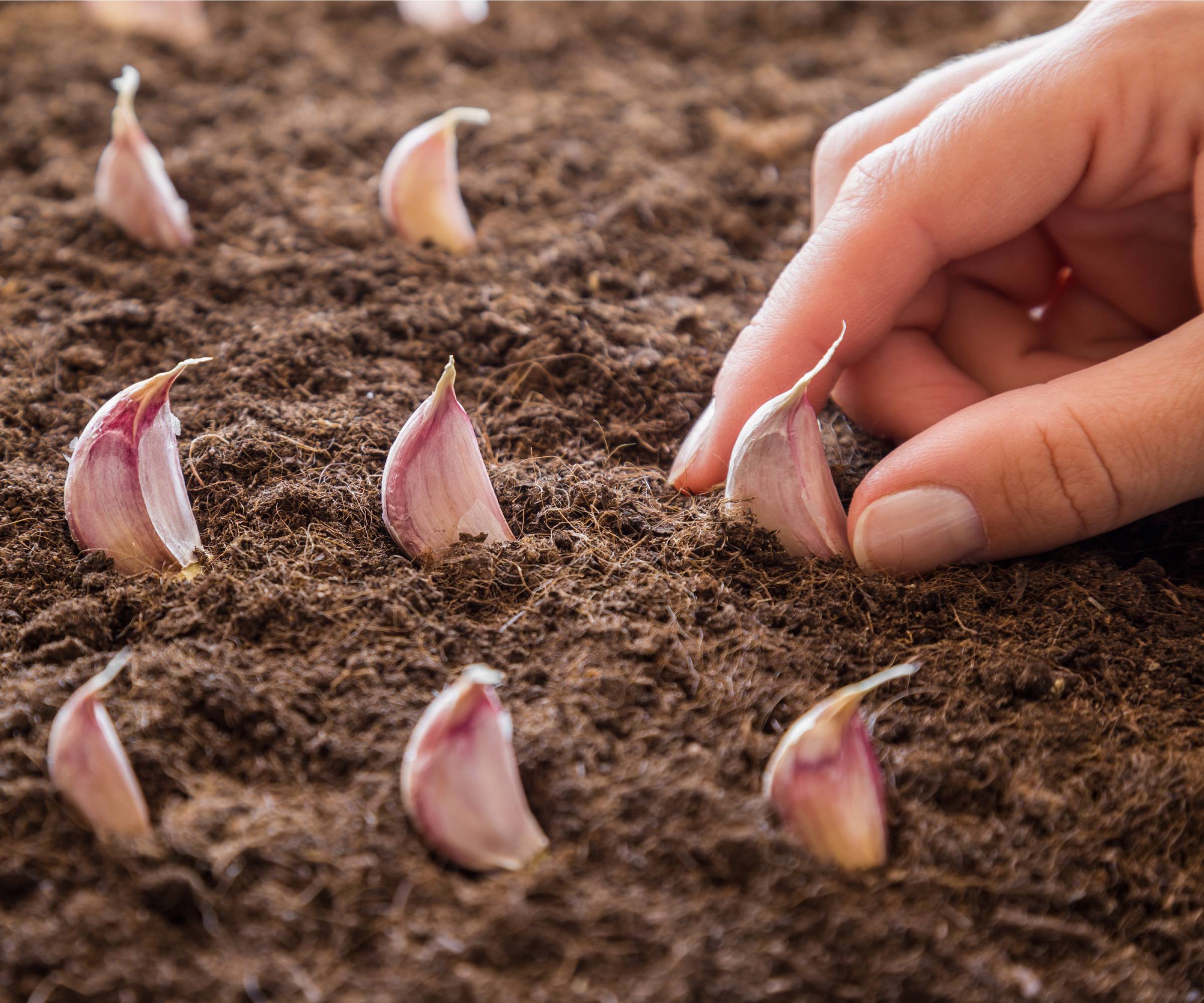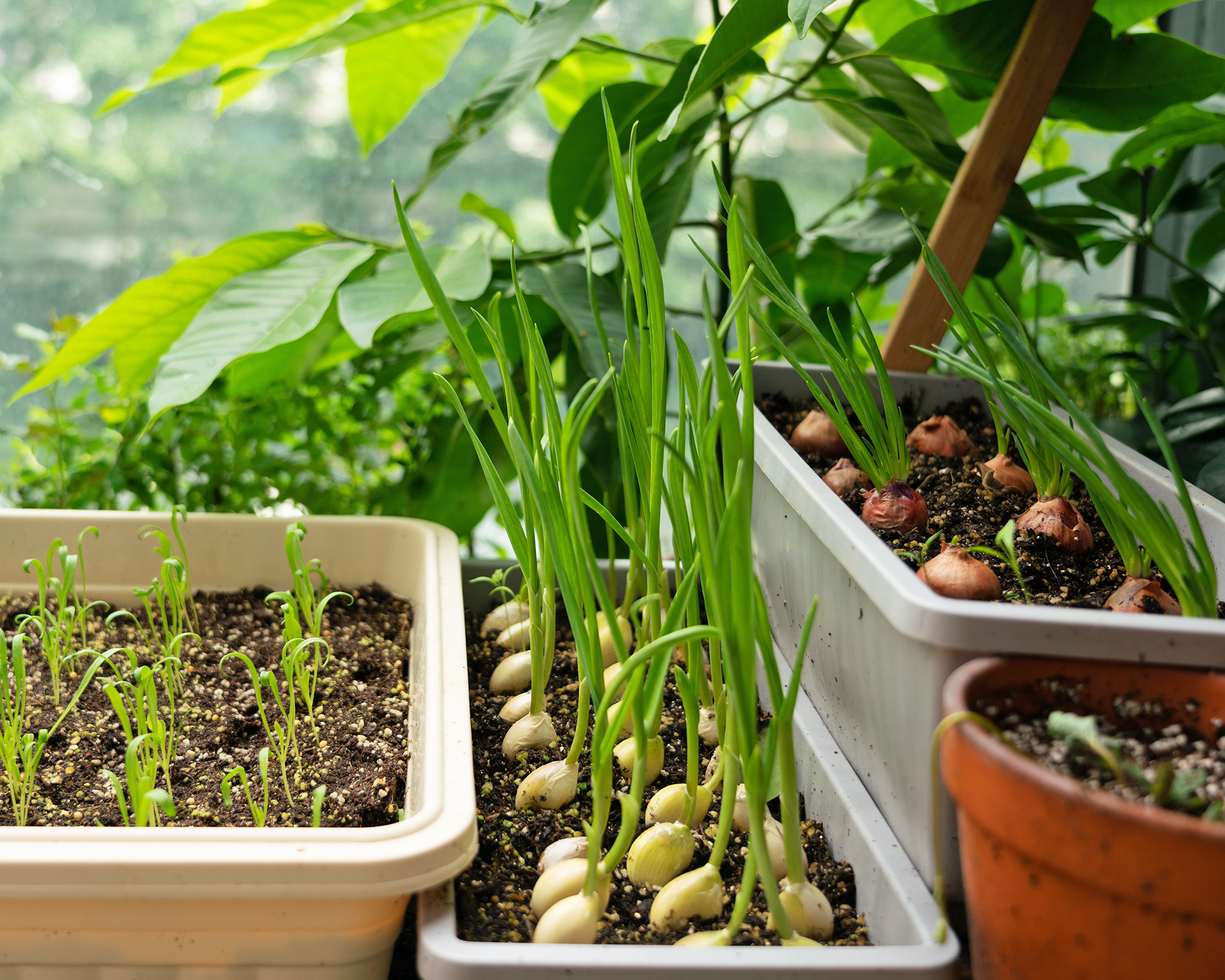Planting Store-Bought Garlic: Expert Growing Tips for a Successful Harvest
Not all store-bought garlic cloves will sprout, but with the right bulbs, timing, and a few simple techniques, you can enjoy a satisfying homegrown harvest.

If your garlic has been sitting around too long and is now sporting a green shoot, you may wonder if you can use it to grow a new one. Plenty of gardeners try planting store-bought garlic straight from the kitchen – and sometimes it works beautifully. Other times, the cloves just sit there. The trick is knowing when grocery bulbs are likely to sprout and when they won’t.
Commercial garlic is often selected for flavor and shelf life, not for planting. Some bulbs at the grocery store are imported or treated so they won’t sprout on the shelf; others are simply older or have been kept very cold to stay fresh. Even so, many people have success with growing local or organic garlic from the produce aisle. If you’re curious, it’s a low‑cost experiment.
With the right checks and timing, growing store‑bought garlic can still be rewarding. Understanding how to propagate garlic – whether from cloves, bulbils, or true seed – helps set expectations, and brushing up on the basics of how to grow garlic will carry you from planting to harvest.
Will Store‑Bought Garlic Grow?
The short answer is yes – store garlic can grow – but not every bulb will. There are three common reasons for failure:
- Sprout inhibitors or irradiation. Some imported bulbs are treated so they don’t sprout in storage. Those cloves may never root outdoors.
- Cold storage and overdrying. Grocery bulbs are often kept very cold and very dry to extend shelf life, which can stall or weaken sprouting.
- Age and handling. Old, soft, or moldy cloves are unlikely to perform.
You’ll boost your odds by choosing firm, heavy bulbs, ideally local or organic. This will also minimize the risk of introducing a disease to your garden, such as white rot, fusarium basal rot, or other soil-borne infections that can linger for years once established.
Bear in mind that different types of garlic have different temperature requirements. Most store bulbs are softneck garlic, which suits mild climates and performs best in USDA zones 7 to 10. In colder climates (zones 3 to 6), hardneck types are usually the safer bet – but unless you're buying a less common variety, you’ll need to buy them as seed garlic rather than from the store.

Store‑Bought vs Seed Garlic: What’s the Difference?
Growing garlic from a store bulb isn’t the same as planting certified seed garlic. Store bulbs are cheap and easy to find, but they’re unpredictable – some sprout readily, while others never get started. Seed garlic is grown specifically for planting: it’s certified disease‑free, carefully stored, and sold in both hardneck and softneck varieties. You’ll pay more, but plants are more reliable and bulbs are often bigger and healthier.
Sign up for the Gardening Know How newsletter today and receive a free copy of our e-book "How to Grow Delicious Tomatoes".
That said, if you’re experimenting for fun or short on time, a supermarket bulb can be a great way to start. Many gardeners try one small patch from the grocery store alongside a patch grown from seed garlic, then compare the results at harvest.
How to Grow Garlic from the Grocery Store
- Time it to your climate. In most regions, fall planting is best – a few weeks before the ground freezes. In very mild areas, late winter planting can work too.
- Choose bulbs wisely. Pick firm, plump heads with tight skins. Local or organic bulbs are best. Avoid cloves that feel hollow or smell off.
- Prep and plant. Break the head into individual cloves just before planting so the basal plate stays intact. Plant each clove 2 inches (5 cm) deep and 4 to 6 inches (10 to 15 cm) apart, pointy end up.
- Water well and mulch. If your area is prone to freezing, cover the garlic bed up with some mulch to protect it, but remember to remove it as temperatures warm. Keep garlic consistently watered and weeded.
- Fertilize. Garlic is a heavy feeder, so it needs a good dose of nutrients at the time of planting. Fertilizing garlic should continue through spring and cease in the build-up to harvest. This Gardenwise 10-10-10 plant fertilizer, available from Amazon, is a slow-release formula that's ideal for planting time.
- Be patient. Garlic takes up to seven months to reach maturity. When the tips of the leaves start to brown, stop watering and allow the stalks to dry. Wait about two weeks, and then carefully lift the garlic from the dirt. When harvesting garlic, using a broad fork, like this Vevor design on Amazon, makes the job easier.
One tip you might try is to mark a few grocery‑clove rows and a few seed‑garlic rows so you can compare vigor, scapes, and bulb size at harvest.

Growing Garlic Greens Indoors
If your goal is a quick win, try growing garlic greens on a windowsill. Pop sprouted cloves into a shallow pot and keep them on a bright sill; harvest the greens at 6 to 8 inches (15 to 20 cm).
Learning how to grow garlic indoors primarily involves providing bright light and maintaining steady moisture. Providing a sunny window and moderate watering are usually enough, but in areas with lower light, it's best to use a full-spectrum plant light, like the GooingTop LED Grow Light, available on Amazon.

Common Problems When Using Store Garlic
- Nothing sprouted: The bulb was likely treated or irradiated, or the cloves were too old and dry. Try again with local/organic bulbs or switch to seed garlic.
- Soft, smelly cloves: That’s due to age or poor storage. Start again with fresh, firm heads.
- Yellowing leaves: Nutrient stress or early disease can cause paling; watch for garlic leaves turning yellow and work through common garlic problems such as overwatering or poor nutrition.
- Don’t forget that shallow planting and inconsistent watering can also stunt bulbs. Keep soil evenly moist and mulch to buffer spring temperature swings.
Is it Worth Growing Grocery Store Garlic?
Planting store‑bought garlic can be hit or miss, but as long as you choose healthy cloves, it’s a fun, low‑risk test. You’ll learn what works in your soil and climate without spending much. Once you’ve had some success, upgrade to seed garlic for larger, more reliable bulbs and the chance to try new flavors. And if you’re growing hardneck types, keep an eye out for garlic scapes in late spring – a tasty bonus crop and a good sign your plants are on track.

Amy Grant has been gardening for 30 years and writing for 15. A professional chef and caterer, Amy's area of expertise is culinary gardening.
